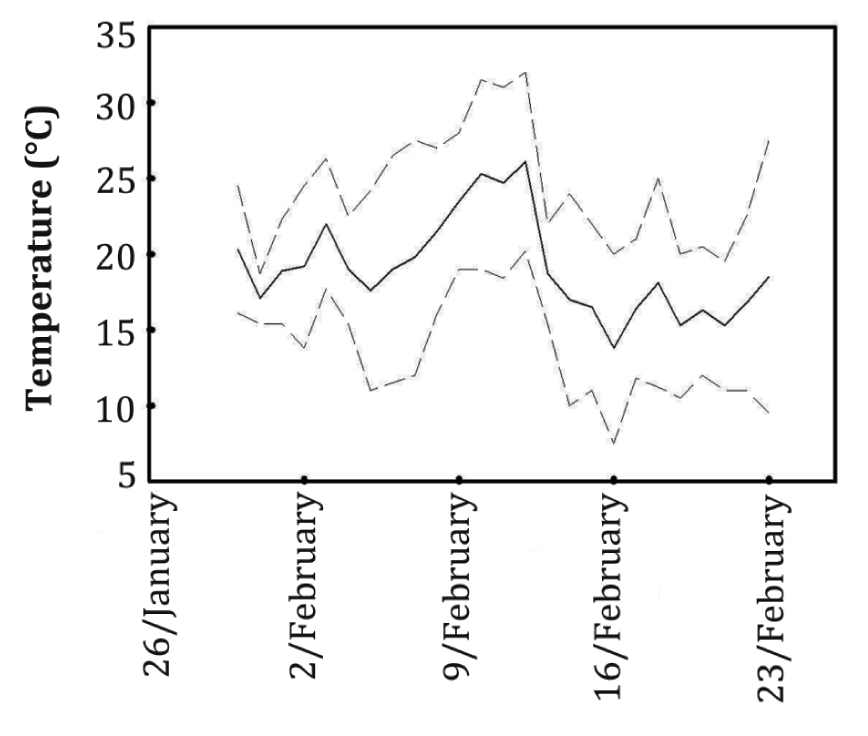Leaf expansion and leaf turnover of perennial C4 grasses growing at moderately low temperatures
Keywords:
base temperature, C4 grasses, leaf appearance, leaf growth, leaf lifespanAbstract
Understanding the mechanisms by which some C4 grasses grow more than others at moderately low temperatures (~12-20ºC) is valuable to select materials to lengthen the growing season. In turn, the determination of leaf lifespan for each material to be used is relevant to optimize the balance between herbage production and herbage utilization. The objectives of this study were to analyze the growth capacity and the leaf lifespan in two native materials (Pappophorum caespitosum and Trichloris crinita) and in four materials introduced (Cenchrus ciliaris cv. 'Texas-4464', Cenchrus ciliaris cv. 'Bella', Panicum coloratum cv. 'Klein' and Panicum maximum cv. 'Gatton Panic') commonly used in Argentina. Under non-limiting growth conditions, the rate of leaf appearance and leaf elongation, the number of growing leaves and the leaf lifespan, were measured. The materials showed similar leaf growth capacity through contrasting mechanisms: while three of them (P. coloratum, P. maximum and P. caespitosum) showed higher growth of individual leaves, the rest (C. ciliaris cv. 'Texas-4464', C. ciliaris cv. 'Bella' and T. crinita) showed higher number of growing leaves. The leaf lifespan was not significantly different between materials evaluated. Interestingly, in agreement with previous results obtained in a comparison of C3 grasses, it was observed that materials possessing a greater number of growing leaves had lower values of leaf lifespan.
Downloads

Downloads
Published
How to Cite
Issue
Section
License
Aquellos autores/as que tengan publicaciones con esta revista, aceptan las Políticas Editoriales.










.jpg)




